Flowering shrubs for full sun – 5 plants that can handle the heat
Experts recommend the best flowering shrubs for full sun positions in the yard, which can be planted from late winter
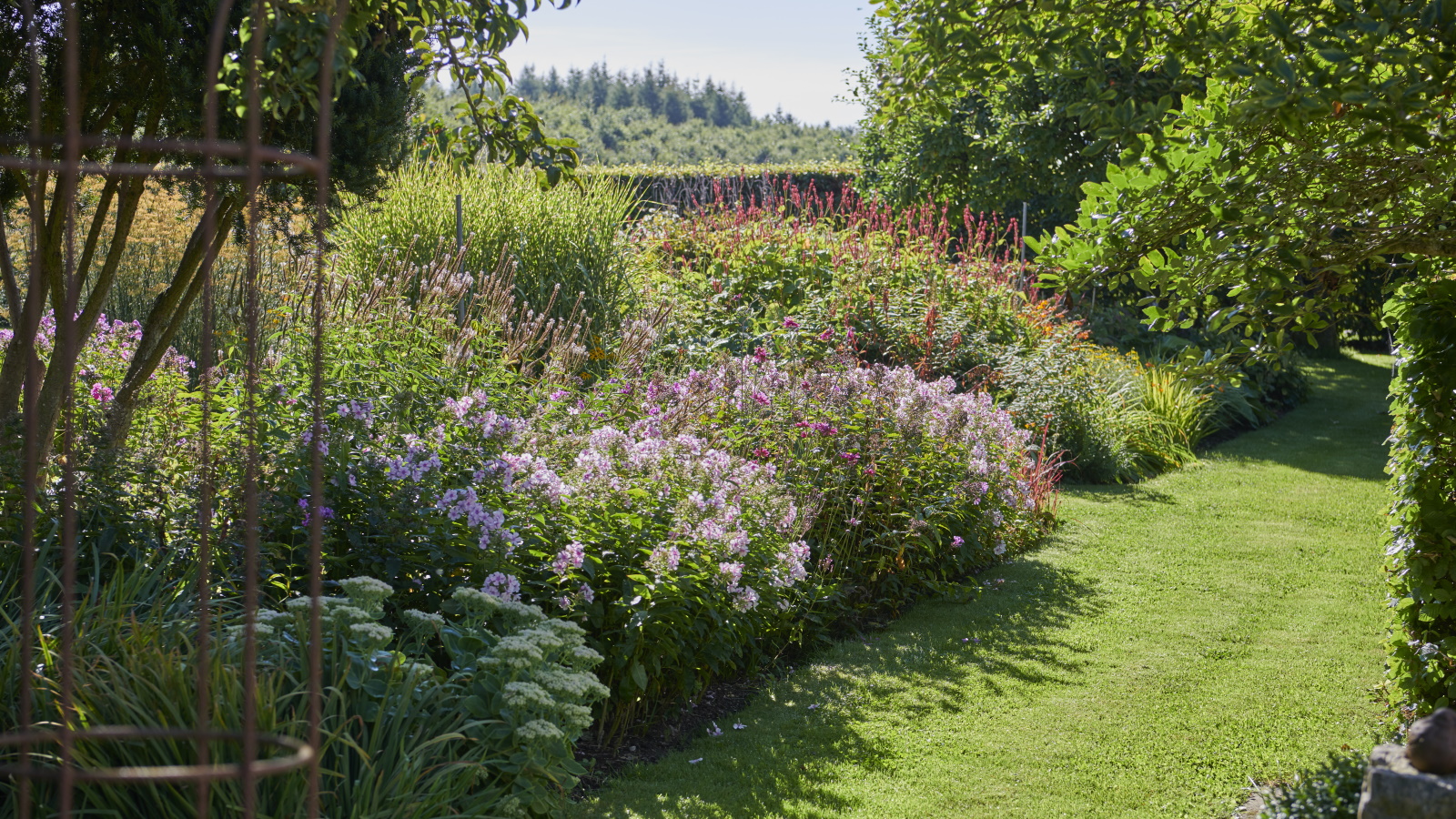

When selecting flowering shrubs for full sun positions in the backyard, it’s essential to choose certain species that are known to thrive in such conditions.
Any location that typically receives at least six hours of direct sunlight per day is considered full sun. Any shrub that you are considering planting in such a position will be required to tolerate the intensity of the sun's rays.
Fortunately, many flowering shrubs have a preference for sunlight and warmth, meaning that planting options are plenty. It is best to plant these shrubs in late winter to early spring, once there is no risk of frost, to allow them to send out roots before the summer months.
For example, planting a shrub that has a preference for shade, such as Sarcococca hookeriana, is not practical, and such improper placement will result in the poor health of your shrub. Selecting suitable flowering shrubs for full sun positions, therefore, will result in attractive and healthy plants that fill your yard with blooms.

Five shrubs for full sun
When selecting flowering shrubs for full sun positions, choose only species and varieties that are known to thrive in these conditions. Experts share five planting suggestions for flowering shrubs that grow best in open and sunny situations.
1. Crepe Myrtle
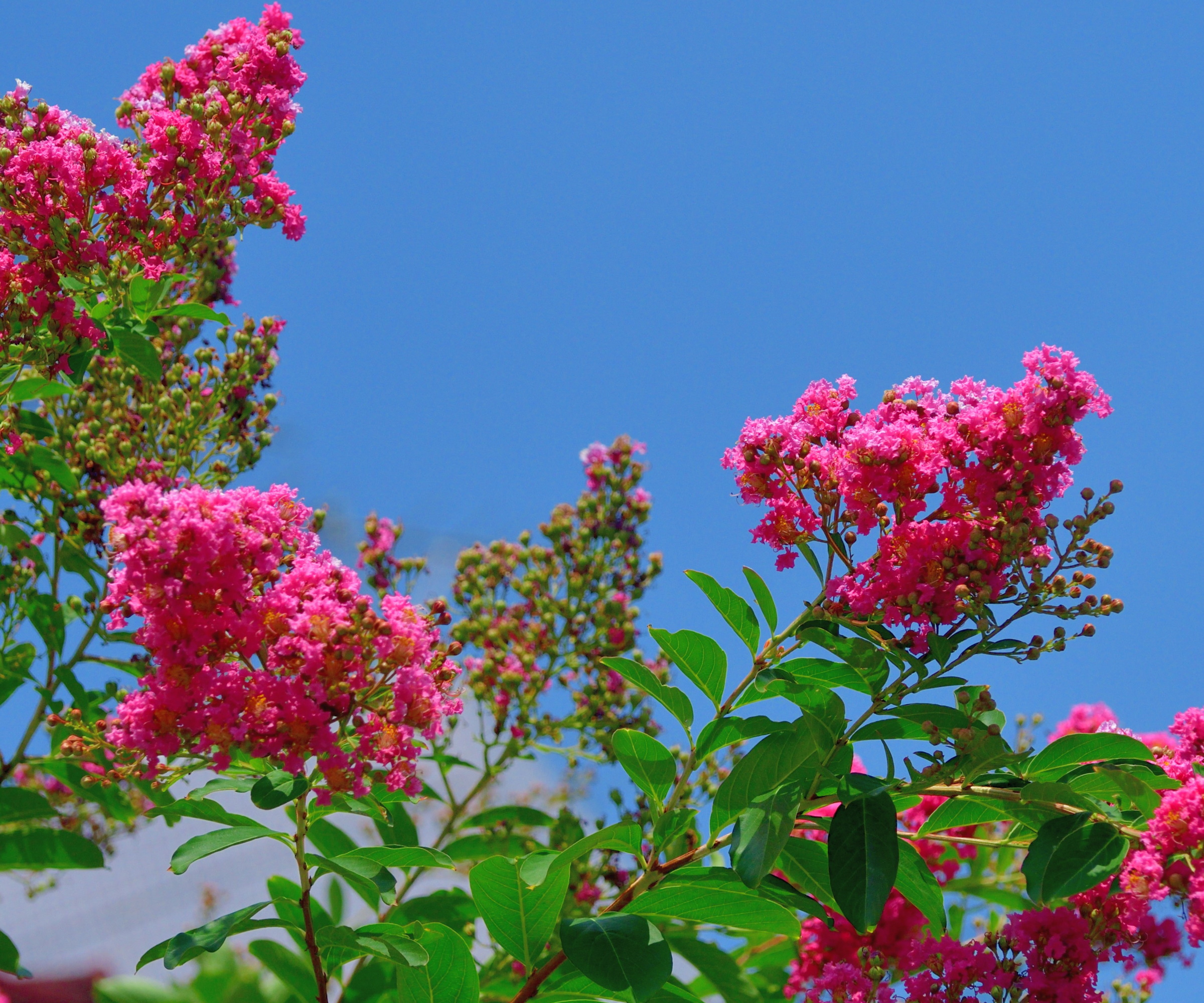
Crepe myrtles are 'great options for full sun landscapes with their bright flowers and various forms,' says Whitney Laritson, Merchandising & Content Manager at Nature Hills. There are many forms and colors available, such as this crimson-red variety, dynamite crepe myrtle shrub that is available at Nature Hills.
Growing happily in US hardiness zones 6 - 9, crepe myrtles 'can be grown as shrub forms or tree forms,' Whitney continues, 'there is simply a difference in how they're pruned.'
Native to the Indian subcontinent, crape myrtles are best grown in sunny and sheltered locations. If you are short on space, crepe myrtles can also be grown in containers and placed near the front door, for dazzling and colorful blooms during spring and summer.

Whitney Laritson is a garden expert and the Merchandising & Content Manager at Nature Hills. For the last 20 years, Nature Hills has been passionate about providing high-quality plants you can count on.
2. Panicle hydrangeas
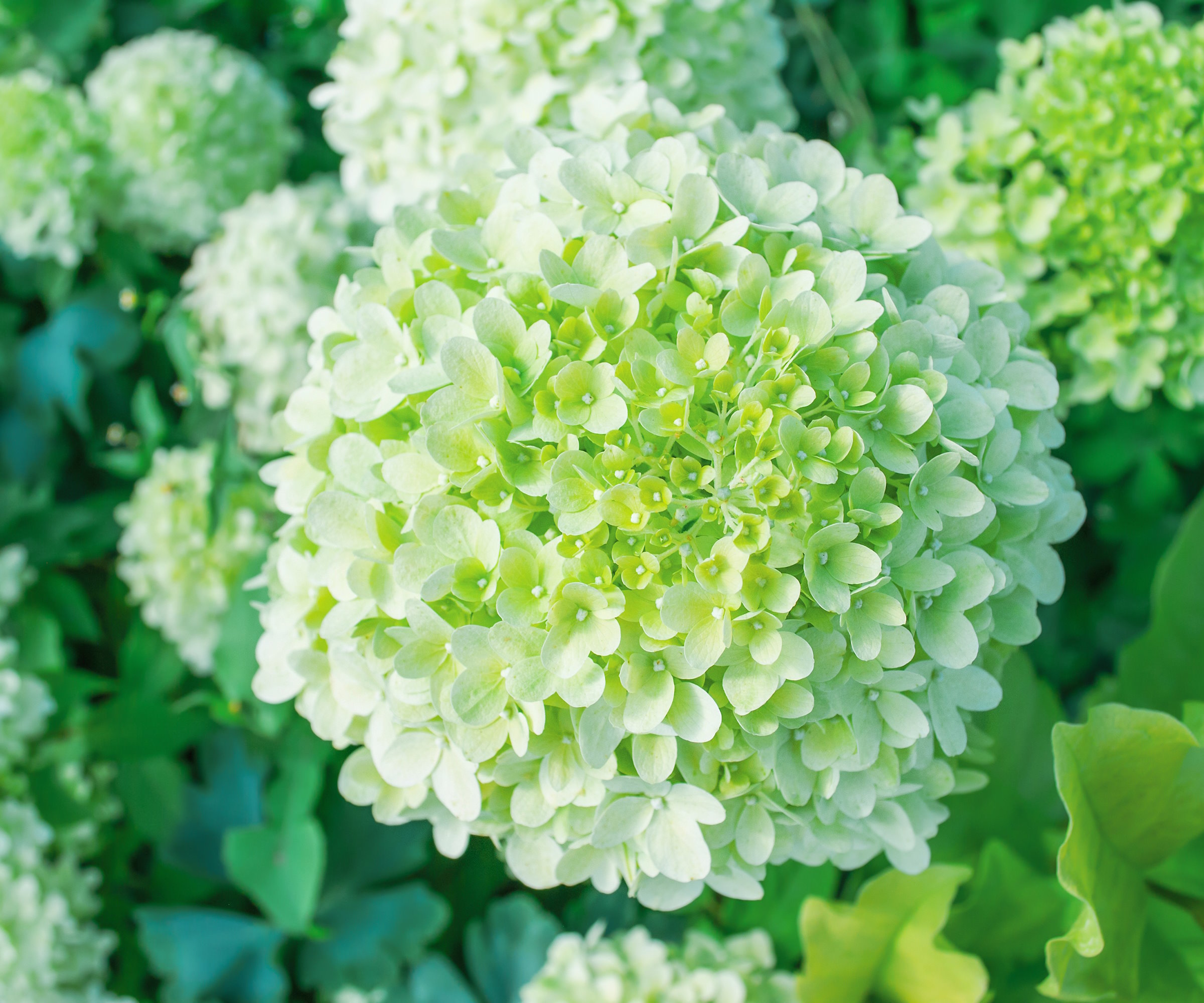
'Hydrangea paniculata, or panicle hydrangeas, are good options for people who love hydrangea flowers but have conditions a little too harsh for most hydrangea species,' says Whitney.
Growing well in zones 3 - 9, this adaptable shrub has a preference for a full sun position. A simple rule to remember is the more sunlight this shrub gets, the more blooms you will enjoy.
Limelight panicle hydrangea, available from Nature Hills, has 'attractive clusters that bloom with a tinge of green, before turning to white as the season progresses,' Whitney says. 'It's loved throughout the gardening community and is a staple for big-impact plantings.'
One new Hydrangea paniculata on the market this year is the French manicure panicle hydrangea also available from Nature Hills, with 'blooms that open white and gradually turn pink through the growing season,' says Whitney.
3. California Lilac
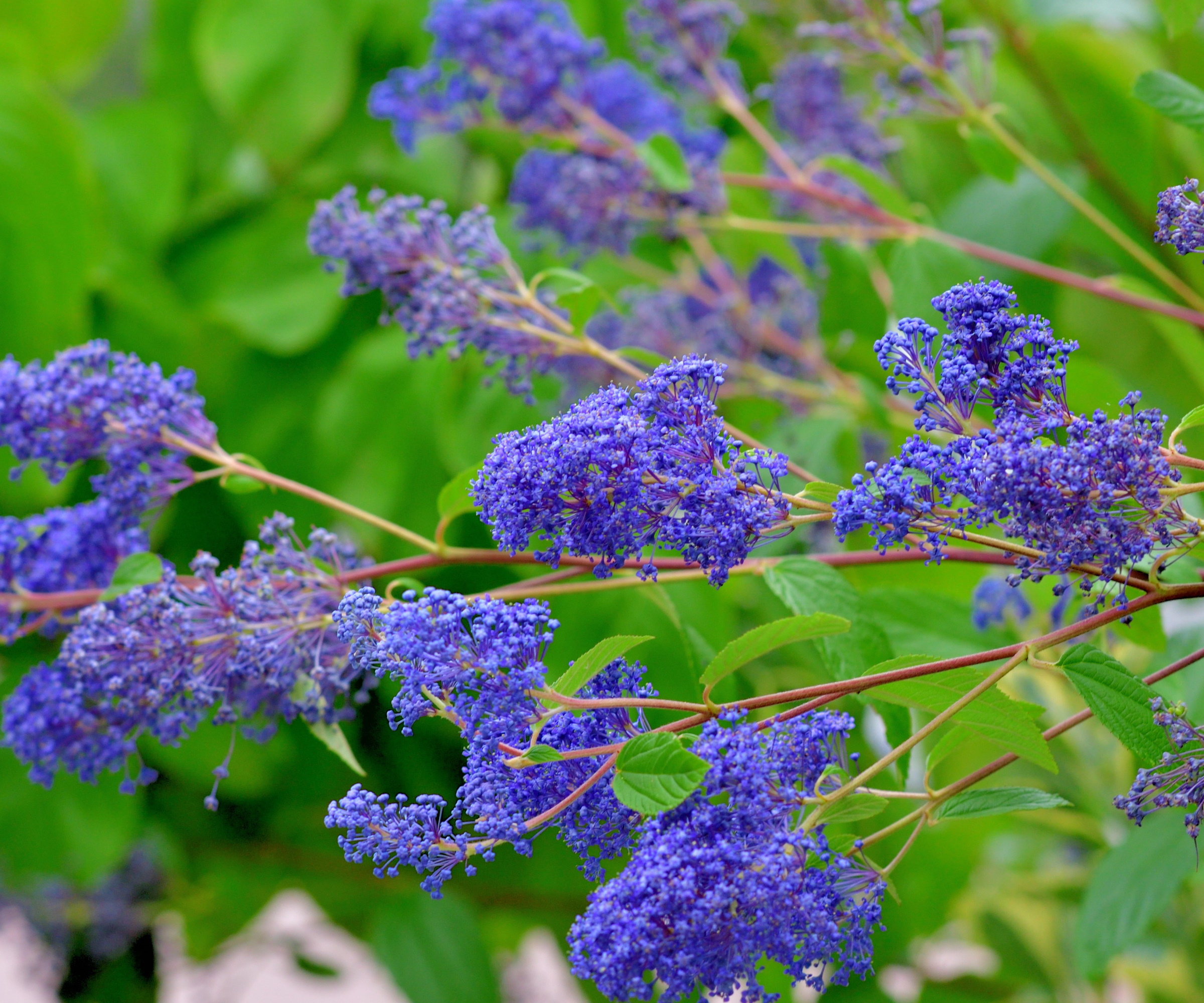
Considered to be one of the prettiest evergreen plants, Ceanothus are renowned as prolific flowering plants, often retaining their blue-purple flowers long into the summer. Commonly known as the California lilac, this shrub will grow happily in US hardiness zones 7 - 10.
It is native to western North America, notably California, and is relatively easy to grow so long as it is planted in a sheltered, sunny spot in the yard. If your outdoor space is too exposed or you live in a cold area, it is advisable to choose a different shrub, as Ceanothus is susceptible to wind and frost damage in the winter.
With pruning, this shrub can be grown as a hedge, a feature shrub in the garden border, or kept compact and bushy planted in a container.
4. Hibiscus
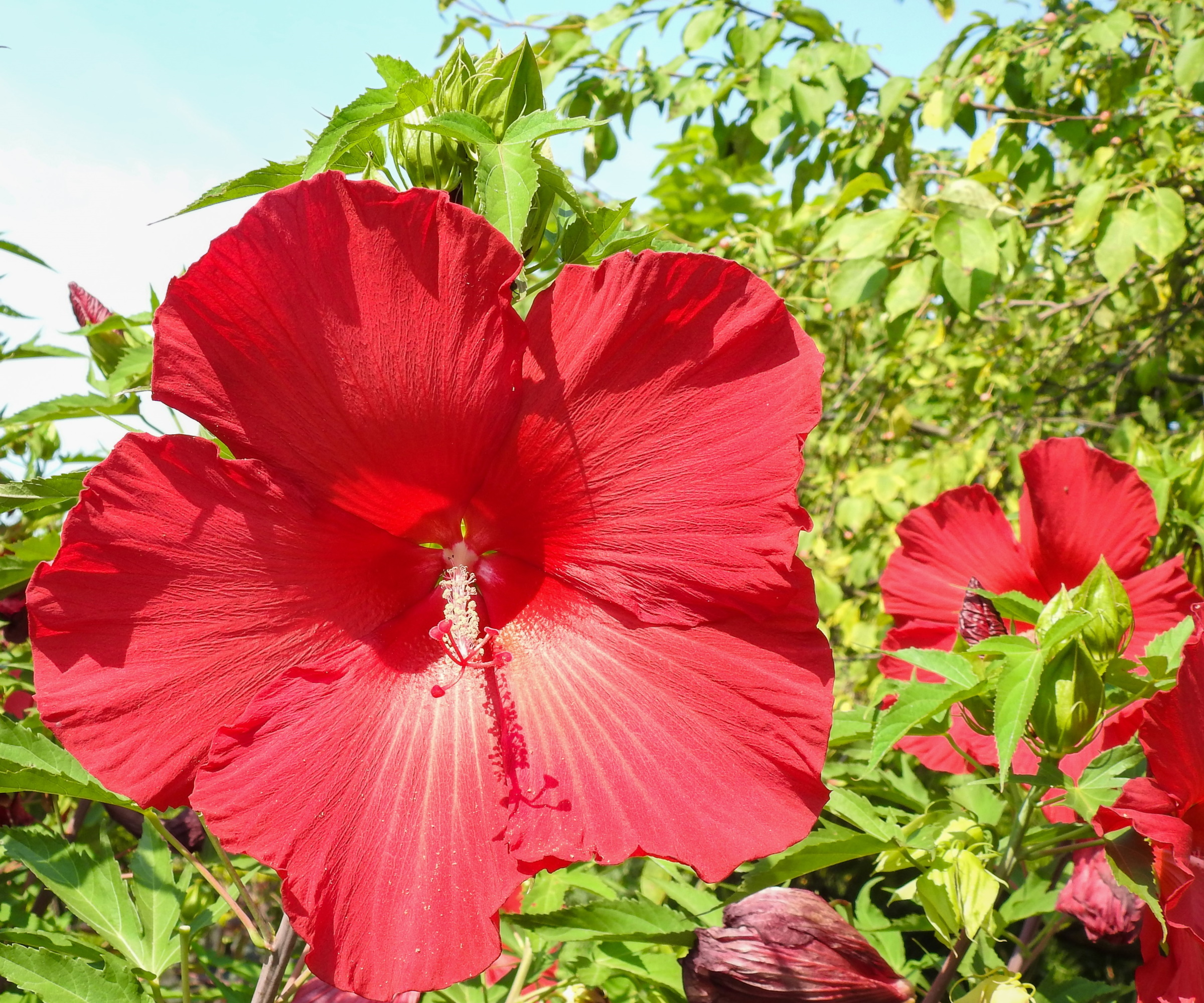
With so many colorful varieties, many gardeners consider hibiscus as some of the best flowering shrubs to grow in the backyard. 'There are two categories, tropical and hardy perennial,' says Tricia Hunt, plant expert and owner of Millstone Nursery.
Whilst both hardy and tropical prefer full sun and a sheltered position, hardy perennial hibiscus will grow in US hardiness zones 4 - 9, whilst tropical varieties are suited to zones 9 - 11.
Both hardy and tropical will 'thrive in the ground or containers,' Tricia says, 'maintaining magnificent color and bloom unlike any other flowering plant.'
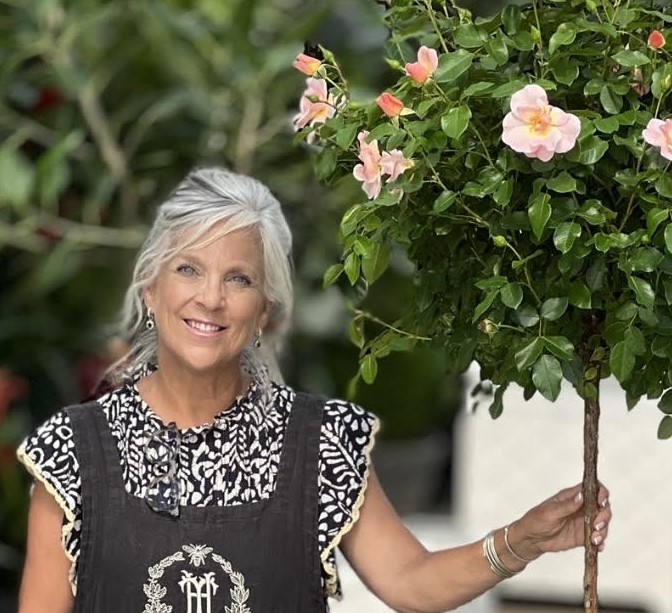
Tricia is the owner and operator of Millstone Market & Nursery, located in the heart of Germantown, Tennessee. Her sweet, Southern-instilled attention to customer service has grown her one-of-a-kind garden center into a destination.
5. Forsythia
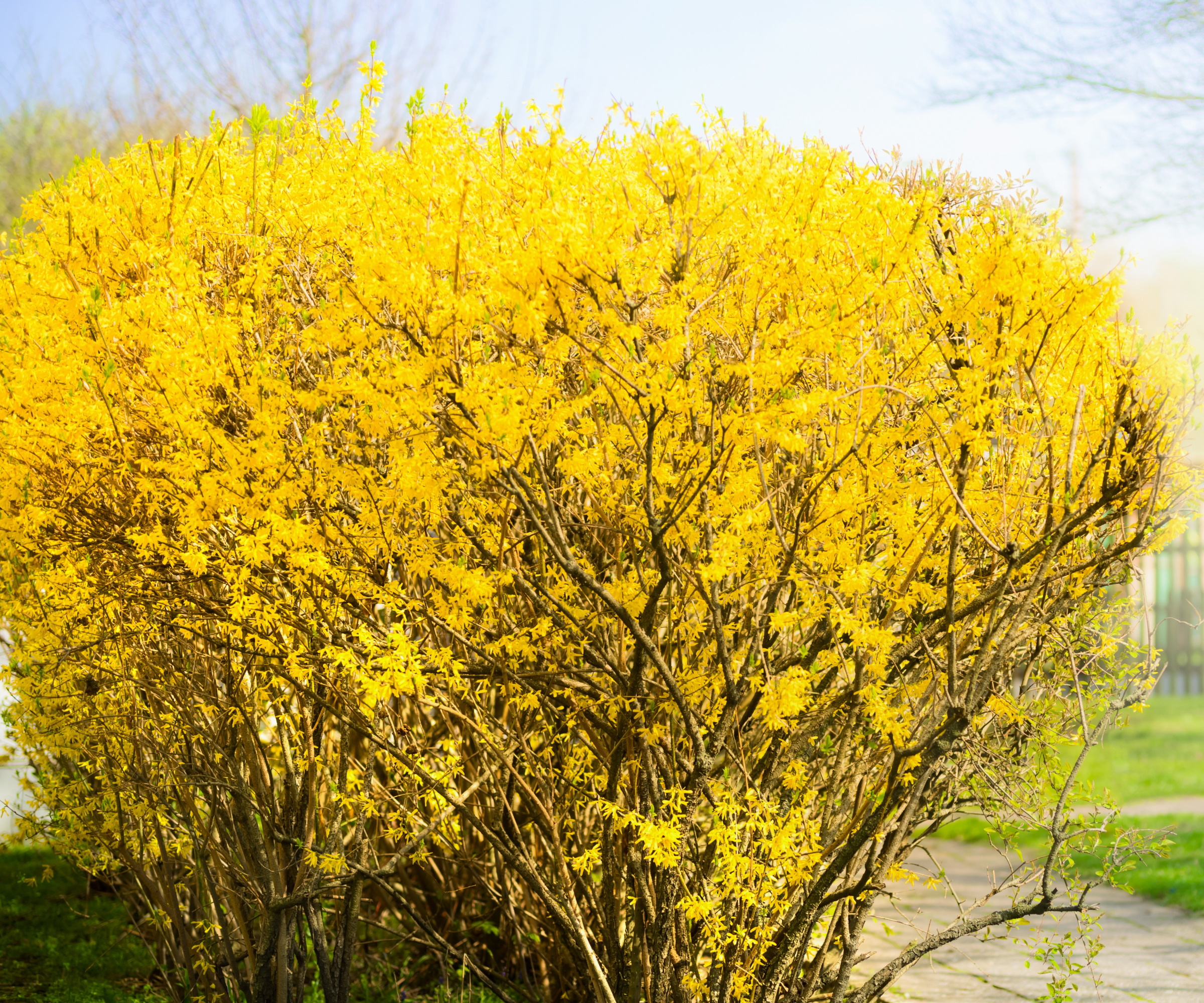
Forsythia is an incredibly hardy shrub with golden-yellow blooms. 'Most varieties of forsythia prefer full sun or mostly sun growing conditions,' says Tabar Gifford, plant expert and American Meadows master gardener.
Growing happily in US hardiness zones 5 - 8, forsythia thrives in a sunny spot in the yard. 'Too shady of a location will result in poor blooms though, so stick with areas that get at a minimum five hours on average of sun a day for the best spring show,' says Tabar.
Whilst forsythia thrives in sunny conditions, 'drought can also cause a lack of blooms,' Tabar says, so be sure to give this shrub a drink during the summer months.
Forsythia shrubs are available to buy via Perfect Plants.

Tabar Gifford works as an American Meadows Master Gardener, and has a lifelong love for gardening and nature. With a background in environmental studies and sustainable community development, she enjoys combining her horticultural expertise with a commitment to education.
FAQs
Do I need to water shrubs that thrive in a full-sun position?
Some shrubs that thrive in full sun require little water once they are established, but it is always recommended to water any newly planted shrubs as they settle into your yard.
Depending on the shrub, many will be able to survive hot and dry summers without any attention, but this will be plant and shrub-specific. Forsythia, for example, thrives in full sun but does require occasional watering. The California lilac, however, once established can go without water for long periods. Indeed, watering requirements will be different for every shrub.
It is always recommended to find the right plant or shrub that will grow well in the conditions specific to your yard. Planting any of these shrubs in a full-sun position will ensure that can enjoy a bounty of blooms during the summer months.
If you are looking for something different, consider growing shrubs with dark foliage, in shades of red and purple, that is sure to add impact to your plot.
Design expertise in your inbox – from inspiring decorating ideas and beautiful celebrity homes to practical gardening advice and shopping round-ups.

Thomas is a Content Editor within the Gardens Team at Homes and Gardens. He has worked as a professional gardener for both public spaces and private estates, specializing in productive gardening, growing food and flowers. Trained in Horticulture at the Garden Museum, he has written on gardening and garden history for various publications, including The English Garden, Gardens Illustrated, Hortus, The London Gardener and Bloom. He has co-authored a Lonely Planet travel book, The Tree Atlas, due out in 2024.